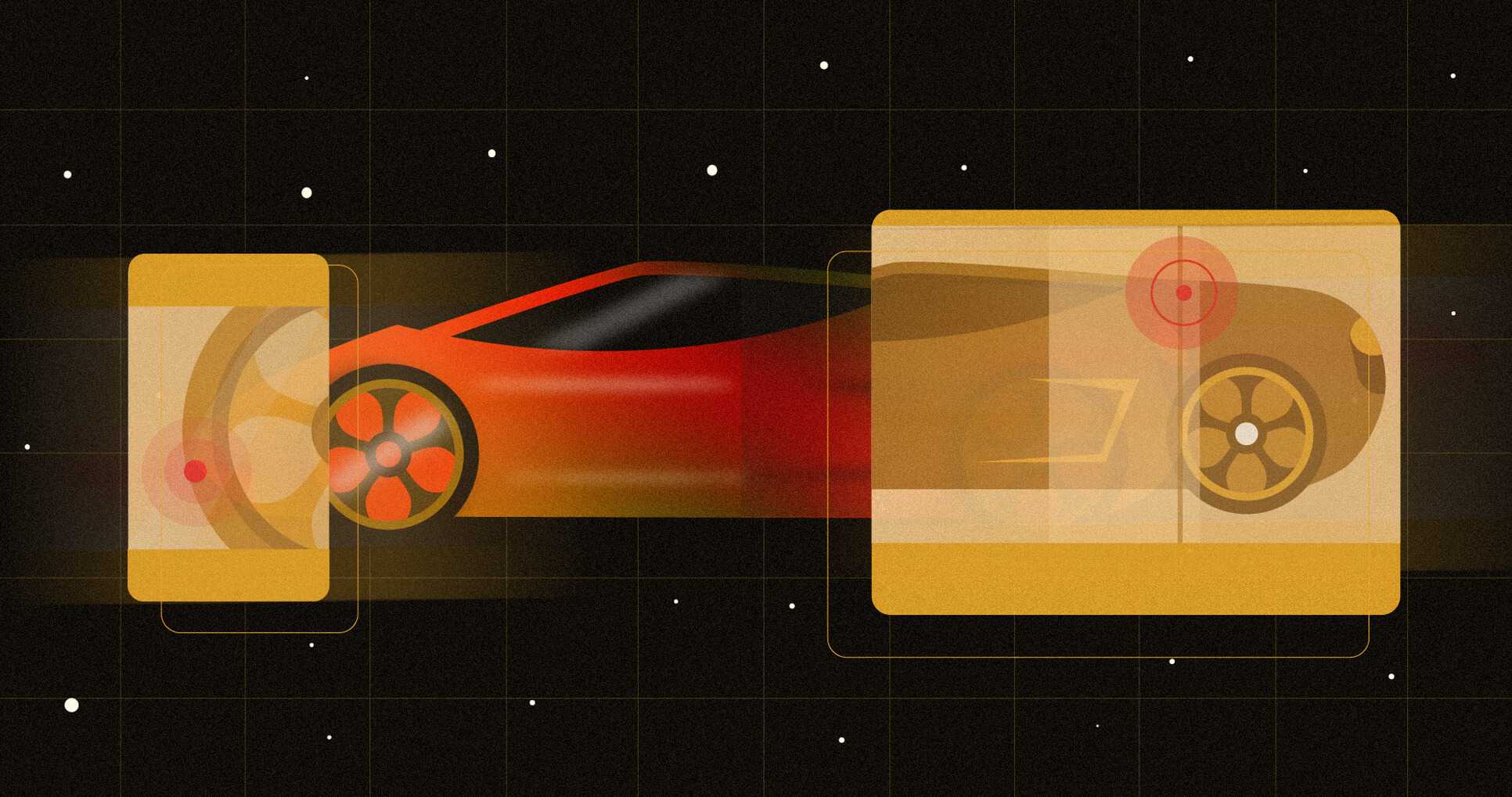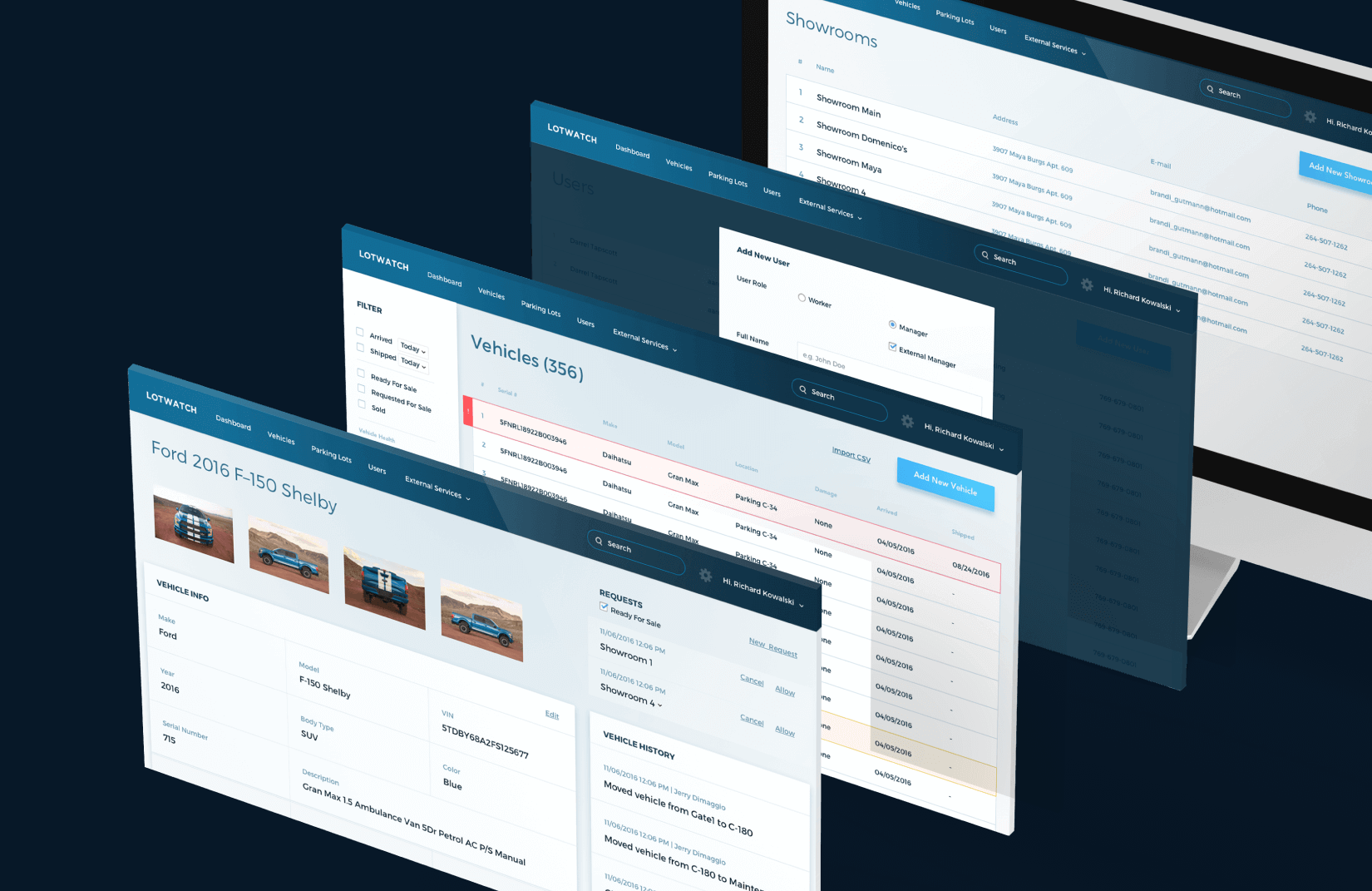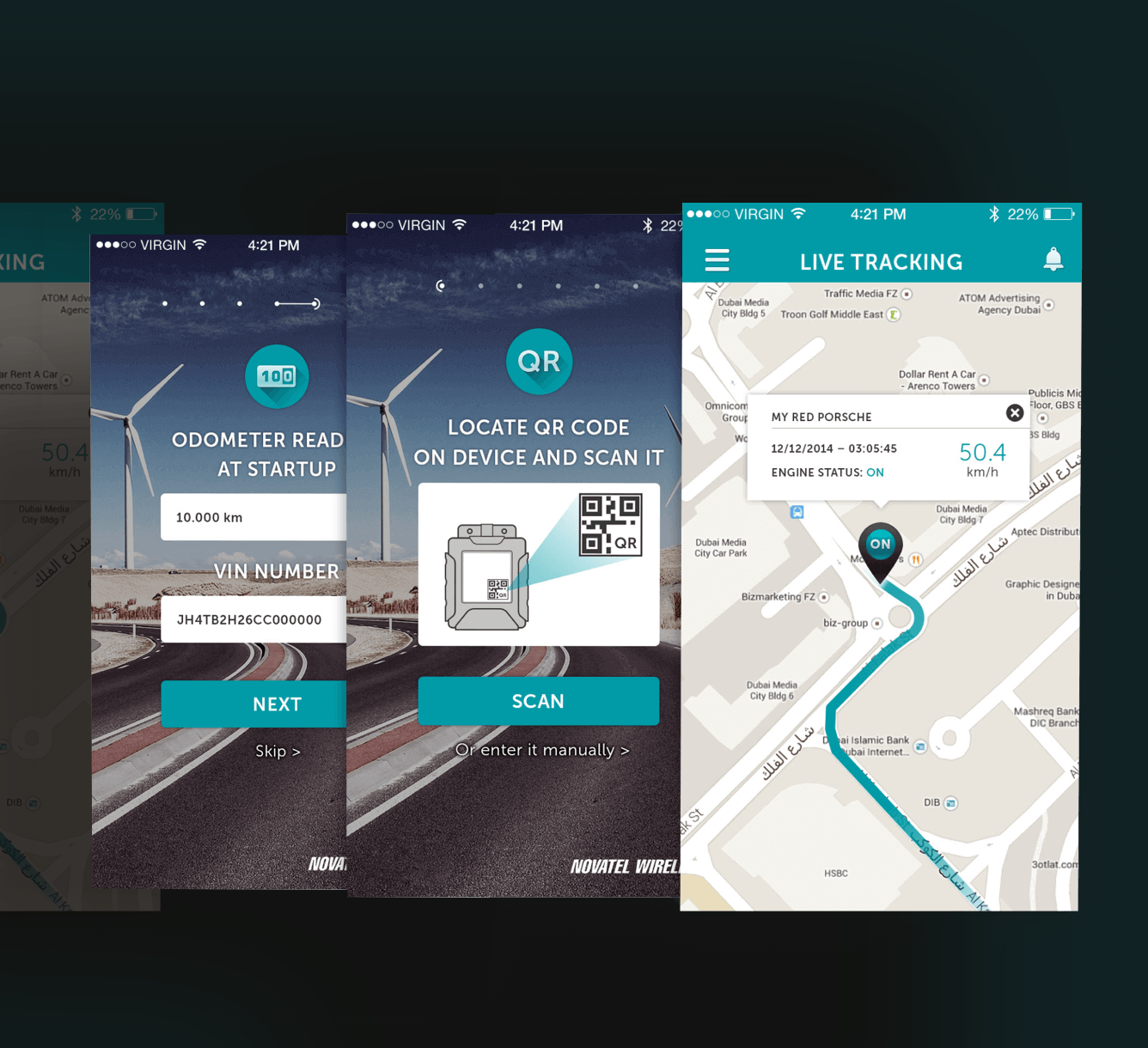The automotive industry is undergoing a fundamental shift. The roar of the engine, while still iconic, is increasingly accompanied by the hum of data centers and the silent flow of code. We're moving beyond simply building cars; we're architecting connected, intelligent mobility platforms. This transition isn't just about adding features; it's a complete reimagining of the vehicle, the user experience, and the entire automotive ecosystem.
The Software-Defined Vehicle: A New Paradigm
Electrification, connectivity, and autonomous driving are the driving forces. These advancements require sophisticated battery management, personalized in-car experiences, over-the-air (OTA) updates, advanced sensor fusion, and real-time decision-making. The vehicle is transforming from a primarily mechanical device into a complex, software-defined system.
This shift requires a new breed of partner – one that understands the intricacies of automotive engineering but also possesses deep expertise in modern software architectures, data processing, and user experience. At SpiceFactory, we collaborate with automotive companies to navigate this complex landscape and build the software-driven solutions that will define the future of mobility. Our approach is rooted in understanding core business challenges and applying cutting-edge technologies to deliver tangible value. We are a startup culture with an iterative, effective process focused on addressing real-world problems.
Key Technologies Driving Automotive Transformation
Several key technologies are driving this transformation, each with its own set of opportunities and challenges:
- Telematics & Connectivity: These are foundational, providing the lifeblood of data that fuels many modern automotive applications. Real-time vehicle data enables optimized fleet management, enhanced driver safety through features like emergency assistance, and new revenue streams via connected services like usage-based insurance. Modern vehicles are now packed with sensors and communication modules, enabling remote diagnostics and over-the-air software updates that keep vehicles performing optimally and securely.
- Advanced Sensors & Perception Systems: The quest for truly autonomous driving has fueled rapid innovation in sensor technology. LiDAR, radar, cameras, and ultrasonic sensors are used in concert to create a comprehensive understanding of the vehicle's surroundings. It's not just about self-driving; these sensors also greatly enhance safety in traditional vehicles through Adaptive Cruise Control, Lane Keep Assist, and Automatic Emergency Braking. The next generation of sensors promises greater accuracy and range, while sophisticated sensor fusion algorithms are allowing vehicles to interpret and react to complex real-world scenarios with greater confidence.
- Data Analytics & Artificial Intelligence (AI): The massive data streams generated by connected vehicles are a goldmine of information. AI algorithms can be used to optimize traffic flow, predict maintenance needs, personalize driver experiences, and even design more efficient vehicles. Moreover, AI is revolutionizing automotive manufacturing, enabling predictive maintenance on equipment, improved quality control, and optimized supply chain management. Generative AI is even starting to play a role in the design and engineering of new vehicles, significantly accelerating development cycles.
Unlocking Value with Architectural Patterns
Consider the challenge of managing the massive data streams generated by connected vehicles. This isn't just a matter of storing data; it's about extracting actionable insights in real-time. That's where architectural patterns like event sourcing come into play. Instead of simply recording the current state, event sourcing captures every event that occurs within the system – a turn of the wheel, a change in speed, a diagnostic code. This approach provides a complete audit trail, enabling robust analytics, predictive maintenance, and even the ability to reconstruct past scenarios for improved safety.
Streamlining Dealership Operations with Miotiv's LotWatch
Miotiv, an IoT solutions provider, partnered with SpiceFactory to build LotWatch, a real-time parking lot management system. The challenge was to manage complex workflows involving thousands of vehicles and constant movement. By employing event sourcing, we created a system that could track vehicle location, manage inventory, and automate workflows with exceptional accuracy and reliability. Specifically, this enabled administrators to dynamically manage workflows based on user roles and locations, adapting to changing needs in real-time.
The system's benefits included improved lot efficiency via mobile surveying apps, proactive car maintenance thanks to smart notifications, and managerial oversight via detailed, real-time dashboards. The key takeaway here is how a well-chosen architectural pattern (event sourcing) directly addressed core requirements related to data integrity, scalability, and auditability, enabling far more efficient operations.
Crafting Exceptional User Experiences
Of course, raw data is only valuable if it can be presented in a way that is both informative and intuitive. In the connected car era, the user experience is paramount. Drivers demand seamless integration between their vehicles and their digital lives, and a clunky or confusing interface can quickly erode satisfaction. A poorly designed interface for remote vehicle control, for example, can negate the convenience of the feature and create security vulnerabilities.
This is why we place such a strong emphasis on iterative design, incorporating user feedback throughout the development process.
Empowering Remote Vehicle Control with Viper
When a global leader in vehicle security and control telematics sought our help in designing the UX/UI for a smart car application, we didn't just rely on our own design sensibilities. We conducted extensive user testing, experimenting with different layouts and interaction paradigms to create an interface that was both visually appealing and incredibly easy to use.
This iterative process, coupled with usability testing, led to a laser-focused, feature-rich UI that felt familiar and engaging from the start. The resulting application provides a seamless and intuitive way for drivers to remotely control their vehicles, enhancing convenience and security, and highlighting the importance of a user-centric design approach.
Building for Scale: The Importance of Reactive Architecture
Scaling these software solutions requires more than just good code; it demands a robust and reactive architecture. Telematics platforms, for example, must be able to handle millions of events per day with minimal latency. Reactive architecture, with its emphasis on responsiveness, resilience, elasticity, and message-driven communication, is crucial for ensuring that these platforms can meet the demands of a growing fleet.
Building a Scalable Telematics Platform
We saw this firsthand when partnering with Novatel Wireless - a leading telematics provider to develop a vehicle tracking application and real-time fleet management.
The key challenge was processing a massive volume of data in real-time and providing users with accurate and timely information. By leveraging a reactive architecture with Scala and Akka Streams, we created a platform that could handle the data deluge and deliver real-time notifications with exceptional reliability. This solution clearly demonstrates the effectiveness of reactive architectures in building scalable and resilient telematics platforms.
Security at the Foundation
SpiceFactory prioritizes security in its software solutions through several key strategies:
- Secure Coding Practices: Implementing secure coding practices throughout the software development lifecycle minimizes vulnerabilities.
- Threat Modeling: Identifying potential threats early in the development process and designing mitigations.
- Vulnerability Assessments: Regularly conducting vulnerability assessments and penetration testing to identify and address weaknesses.
- Authentication and Authorization: Implementing robust authentication and authorization mechanisms to control access to sensitive data and functionalities.
- Data Encryption: Encrypting data both in transit and at rest to protect it from unauthorized access.
- Over-the-Air (OTA) Security: Ensuring the security of OTA updates to prevent malicious code injection and unauthorized modifications.
- Compliance with Standards: Adhering to relevant industry standards and regulations related to automotive cybersecurity.
Partnering for the Future of Mobility
Ultimately, building the future of automotive software requires more than just technical expertise; it requires a strategic partnership with a team that understands the unique challenges and opportunities of the industry. It's about finding innovative ways to leverage technology to solve real-world problems and create experiences that delight drivers. It's about architecting a future where software is not just a component of the vehicle, but the very foundation upon which the entire automotive ecosystem is built.
We're eager to collaborate with companies that share this vision. If you're looking for a partner to help you navigate the complexities of automotive software development and unlock new possibilities, reach out. Let's build something remarkable together.



